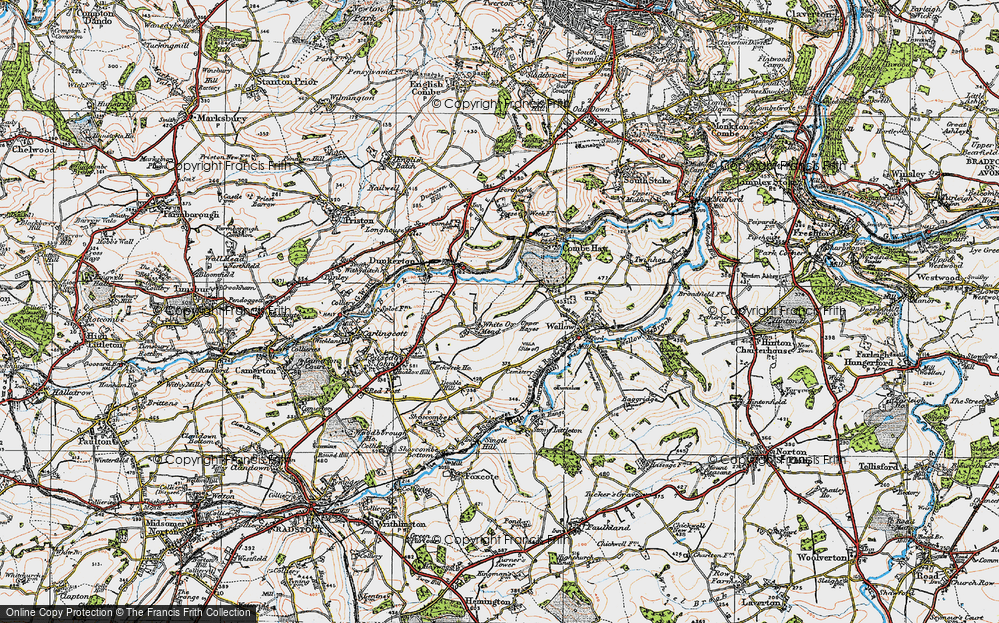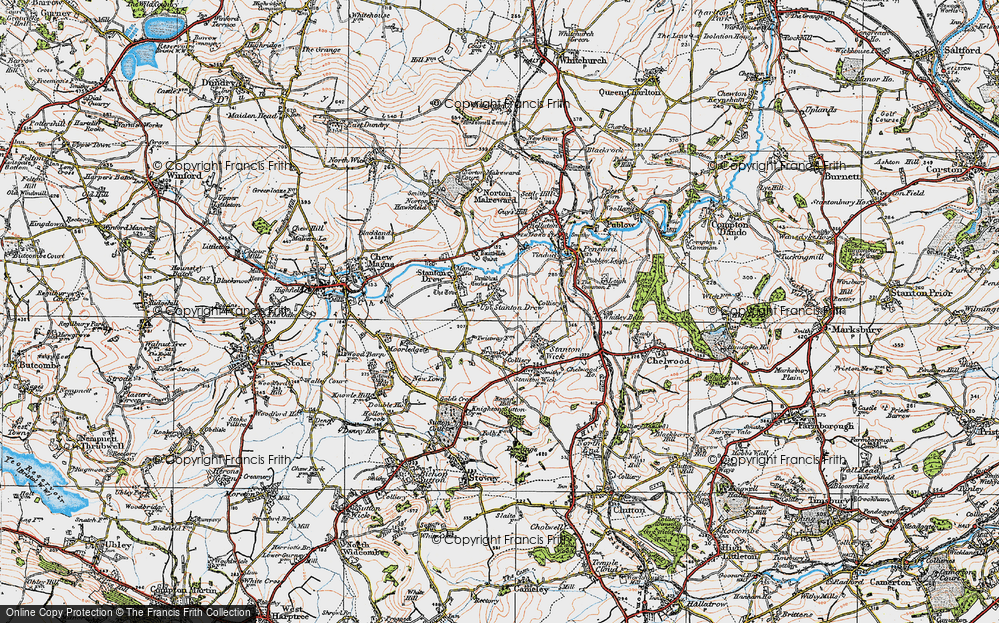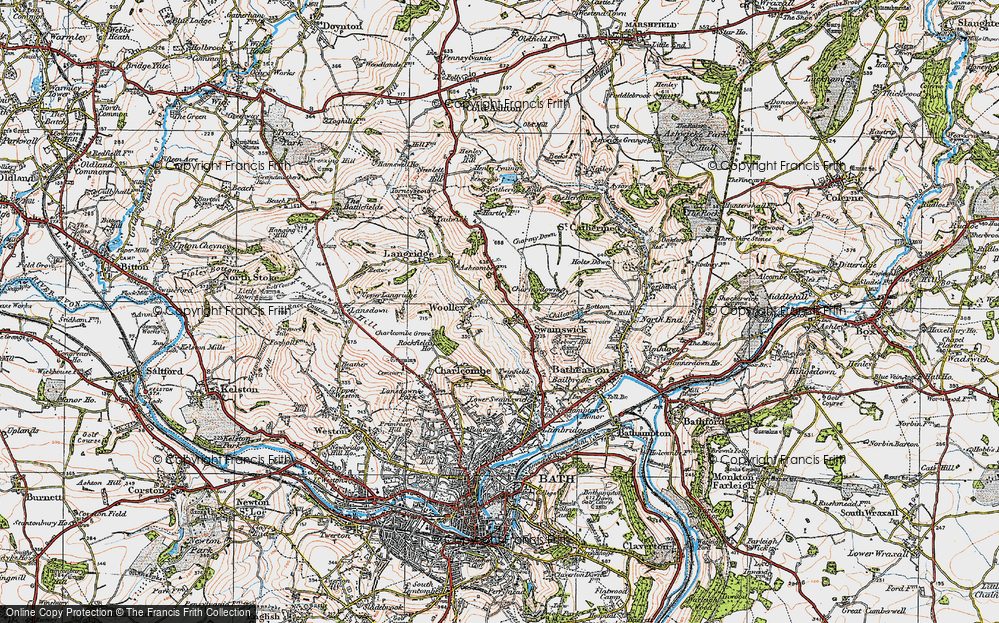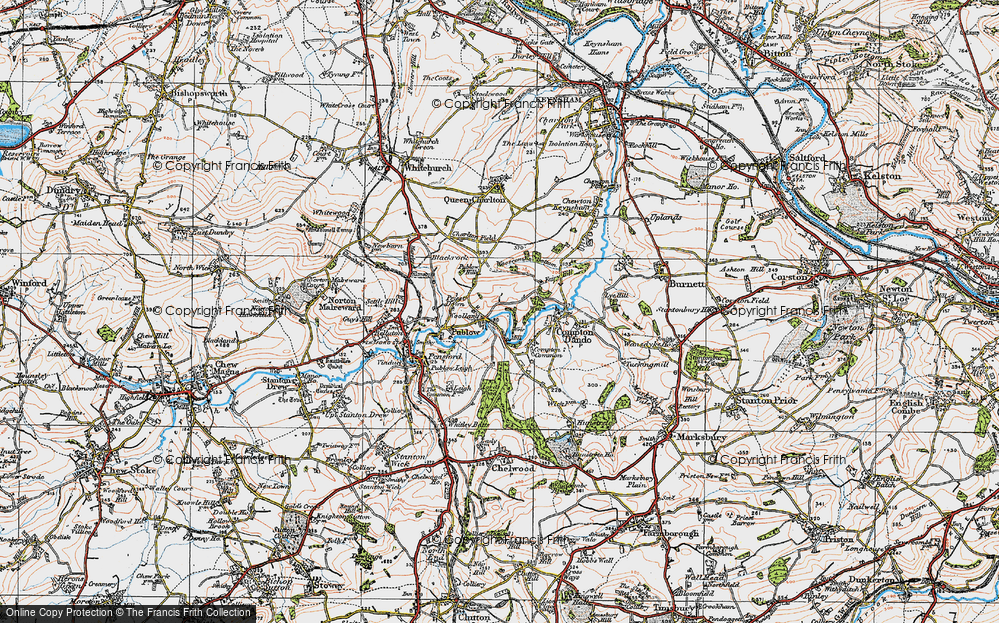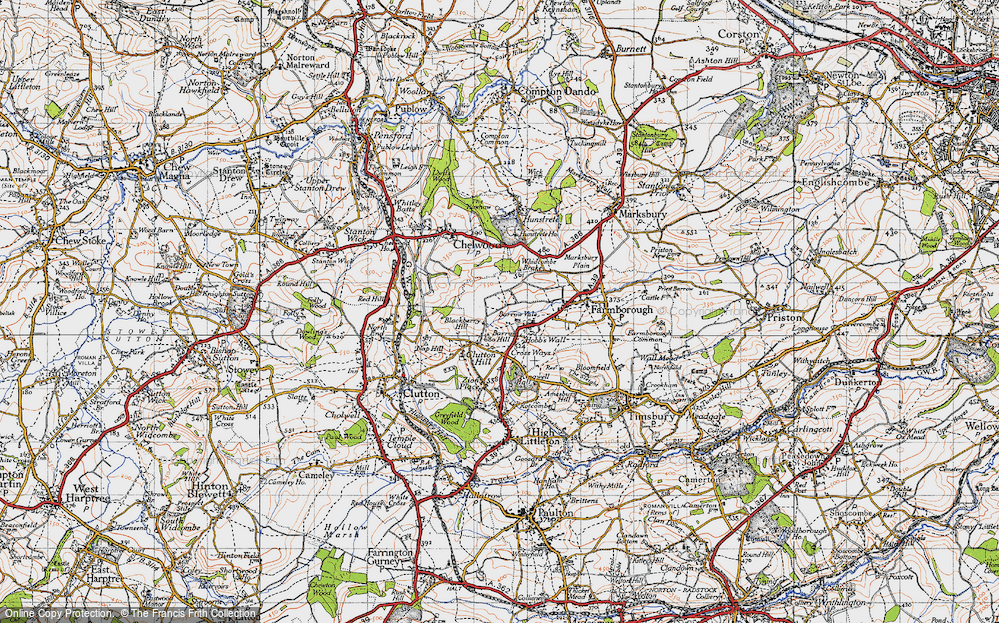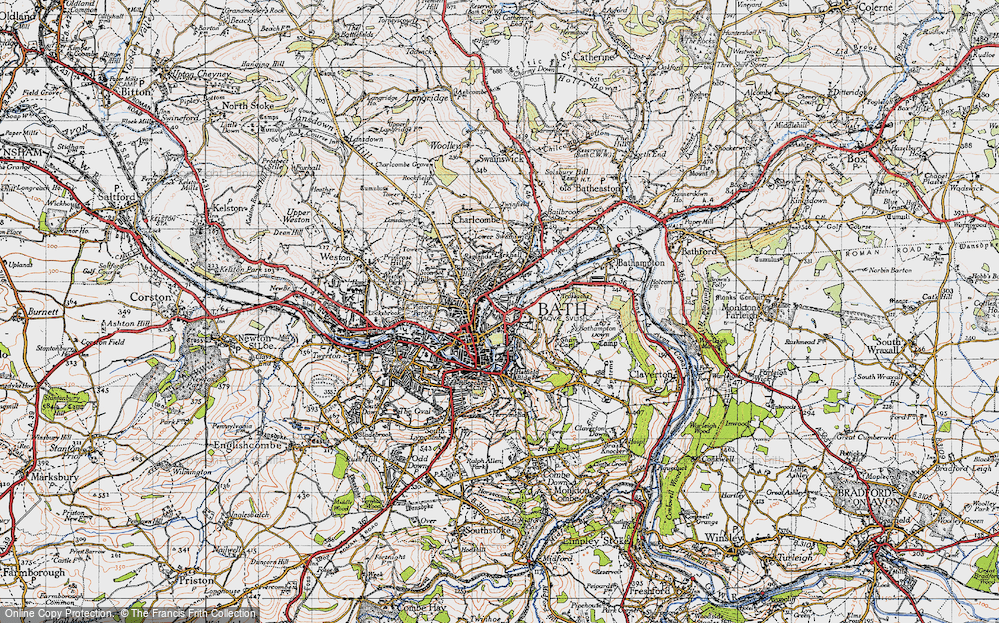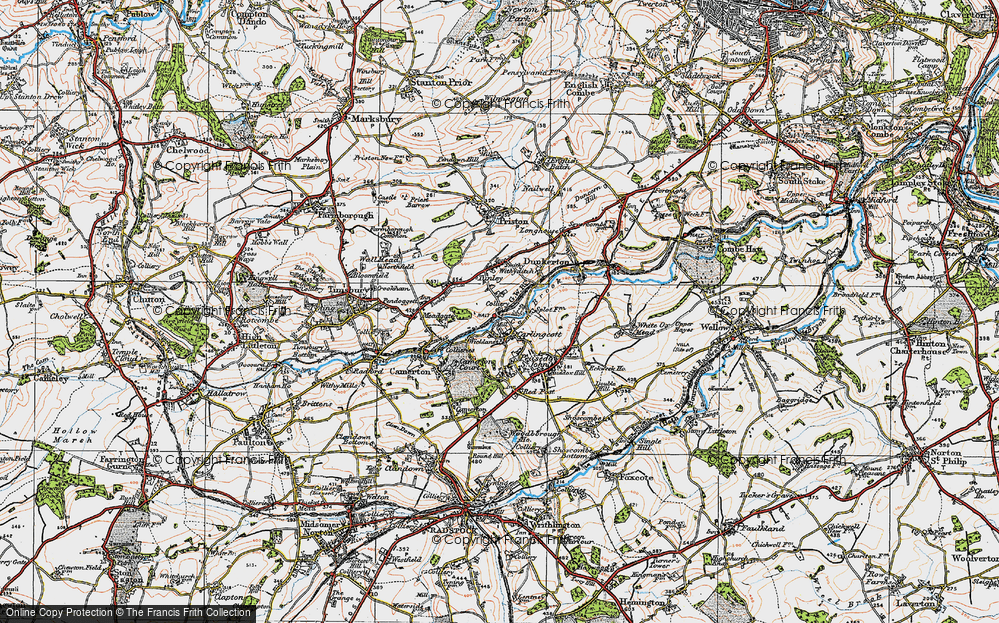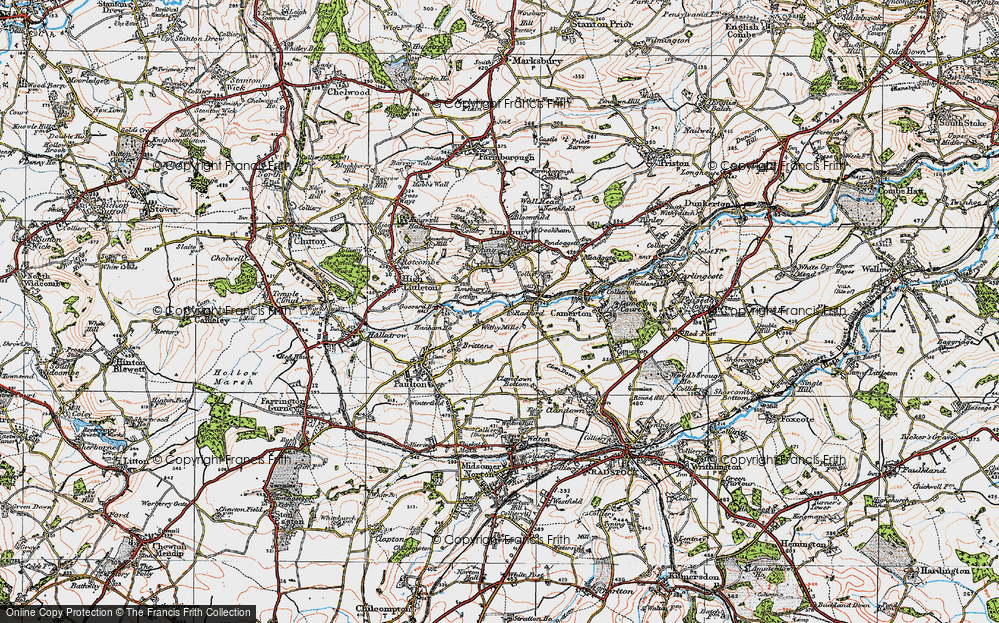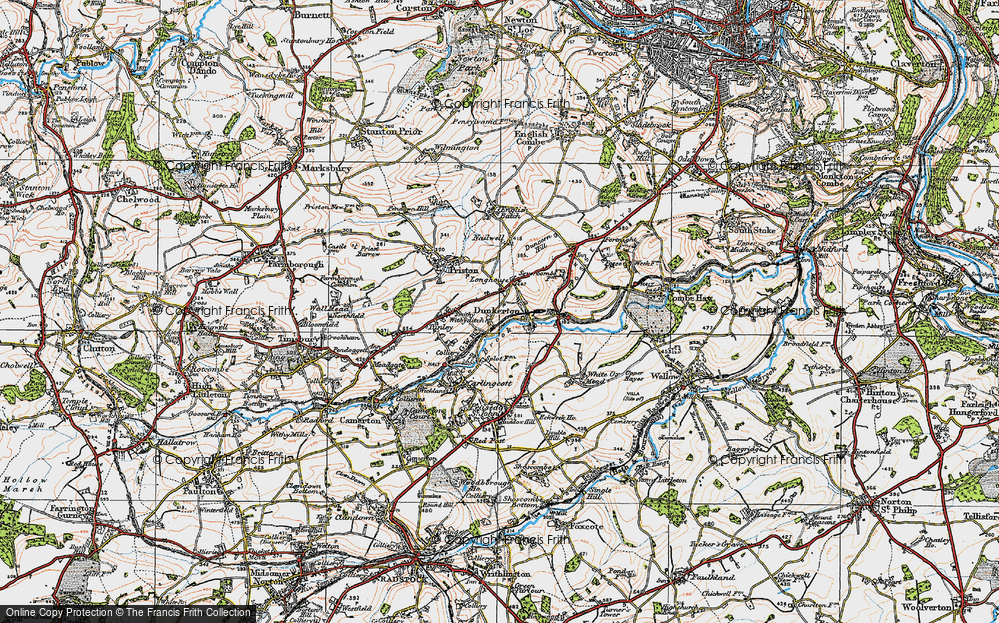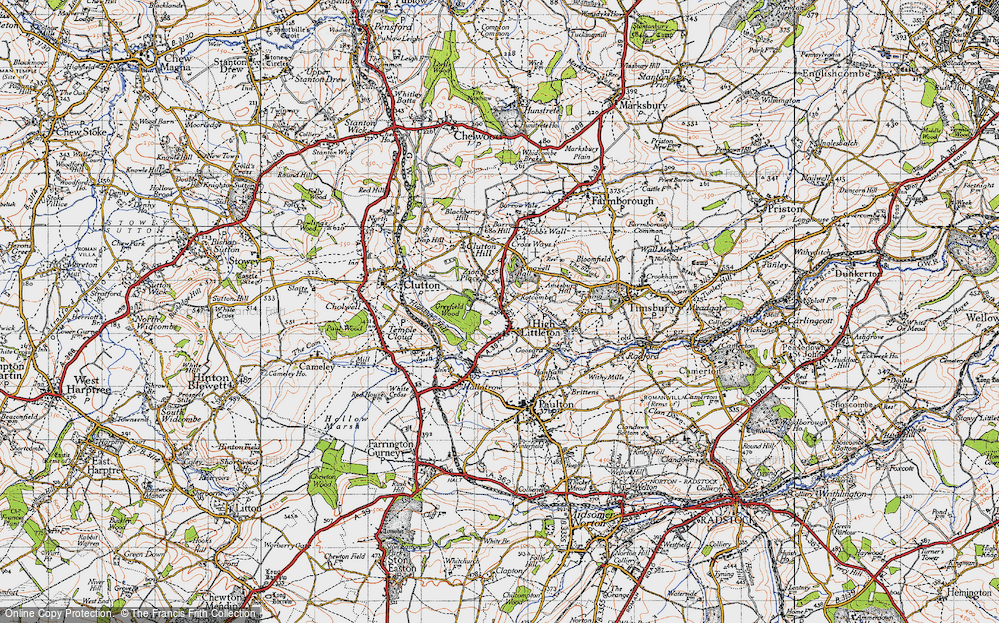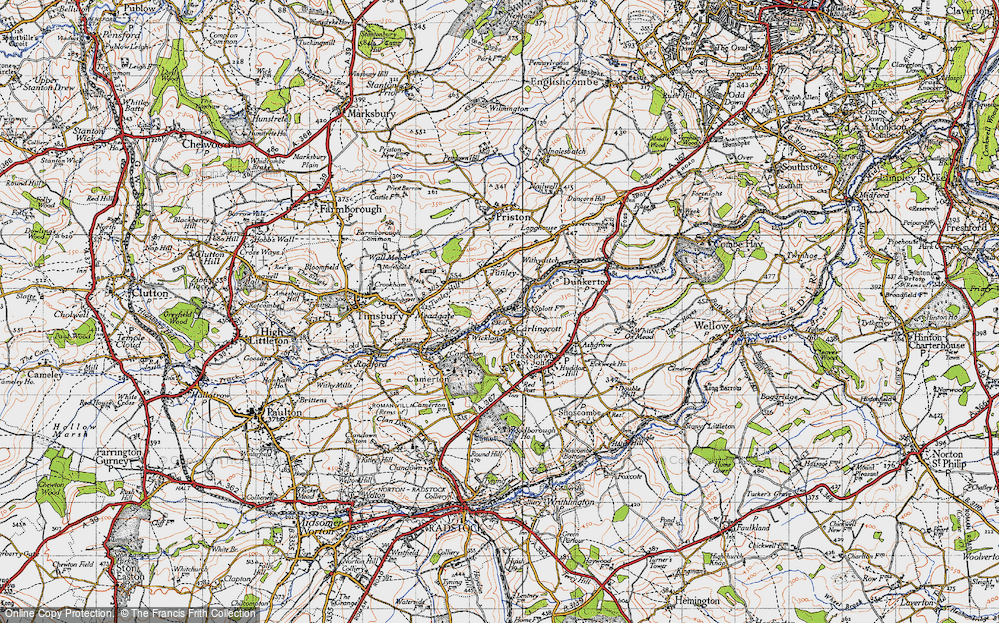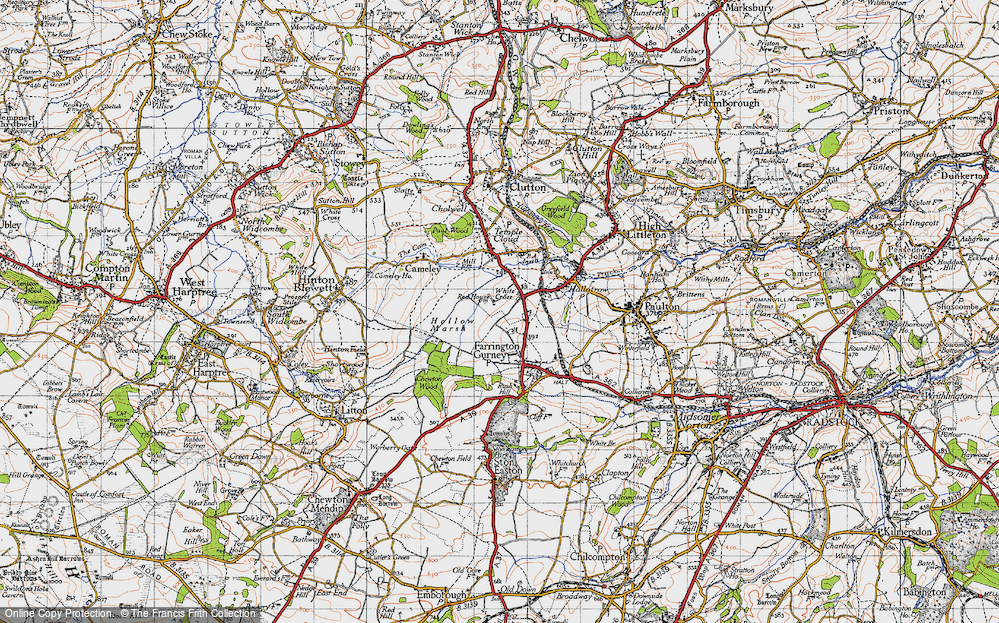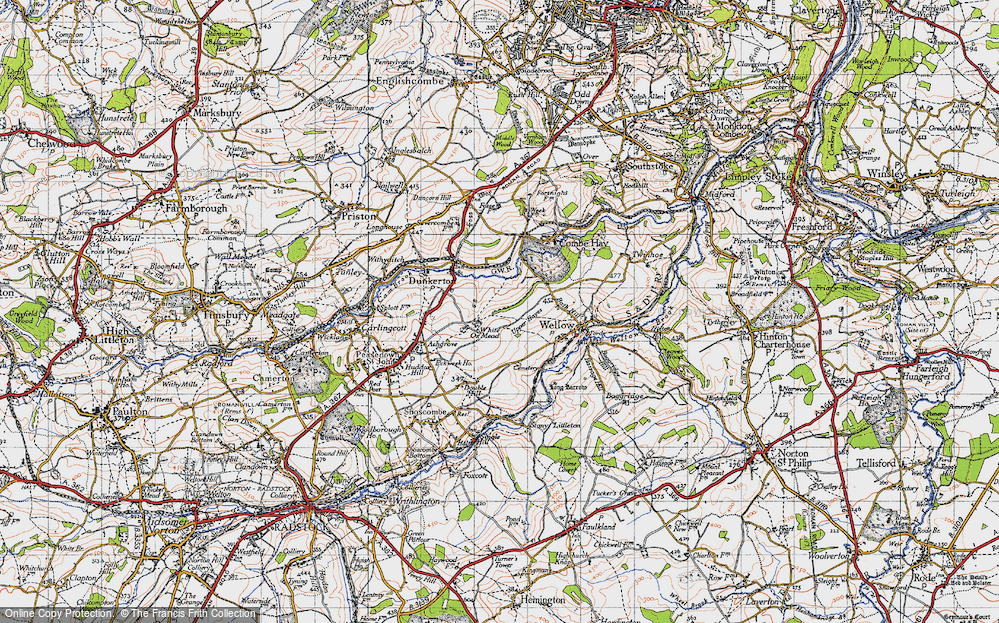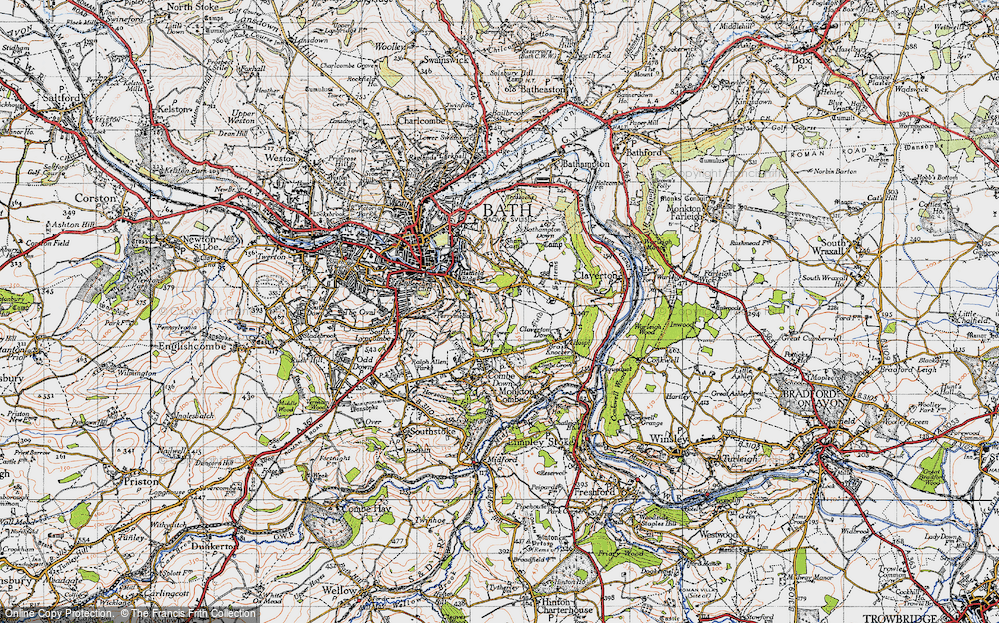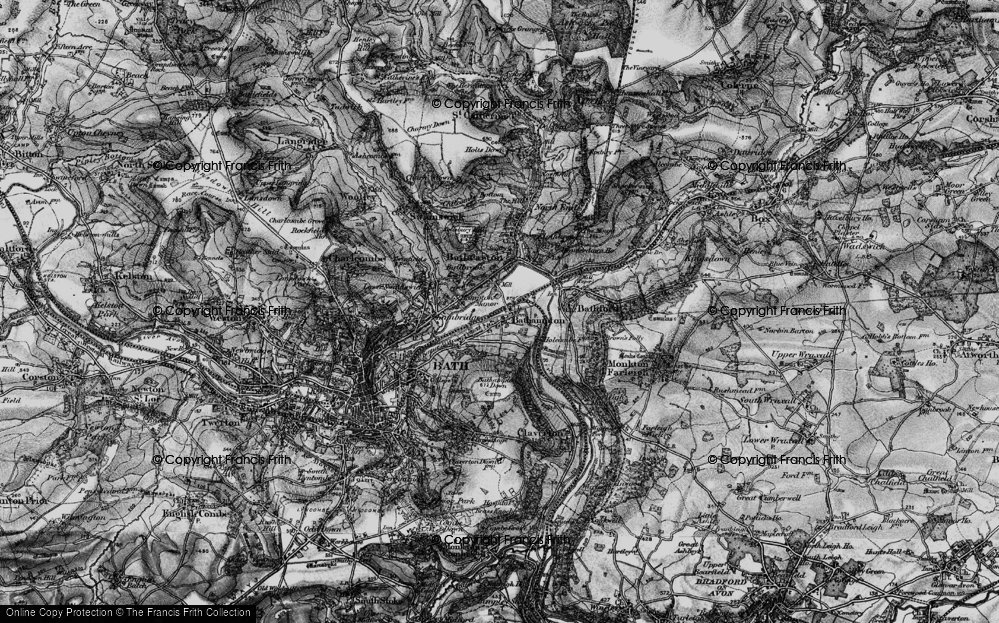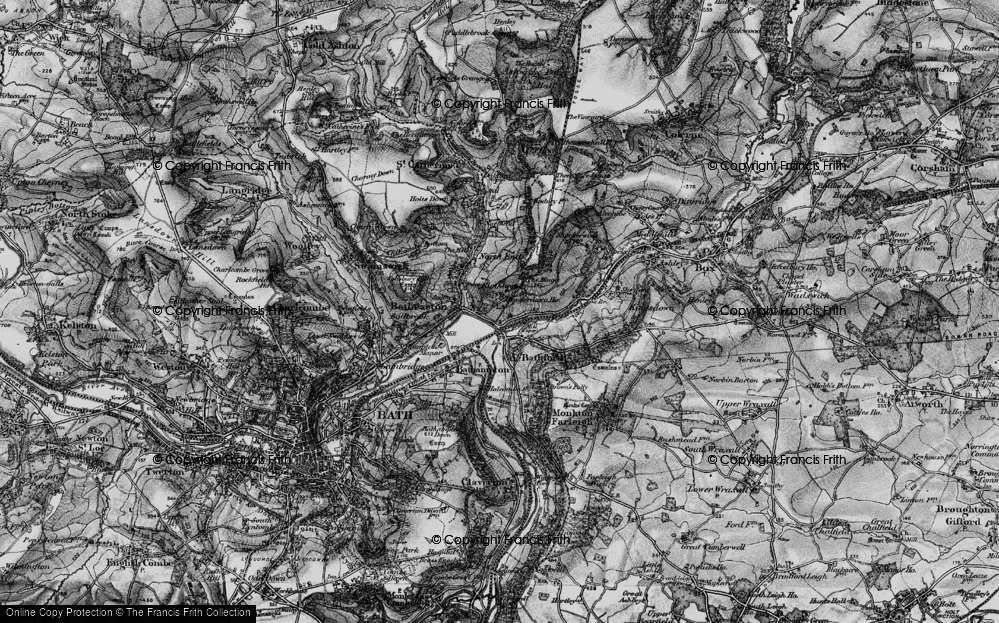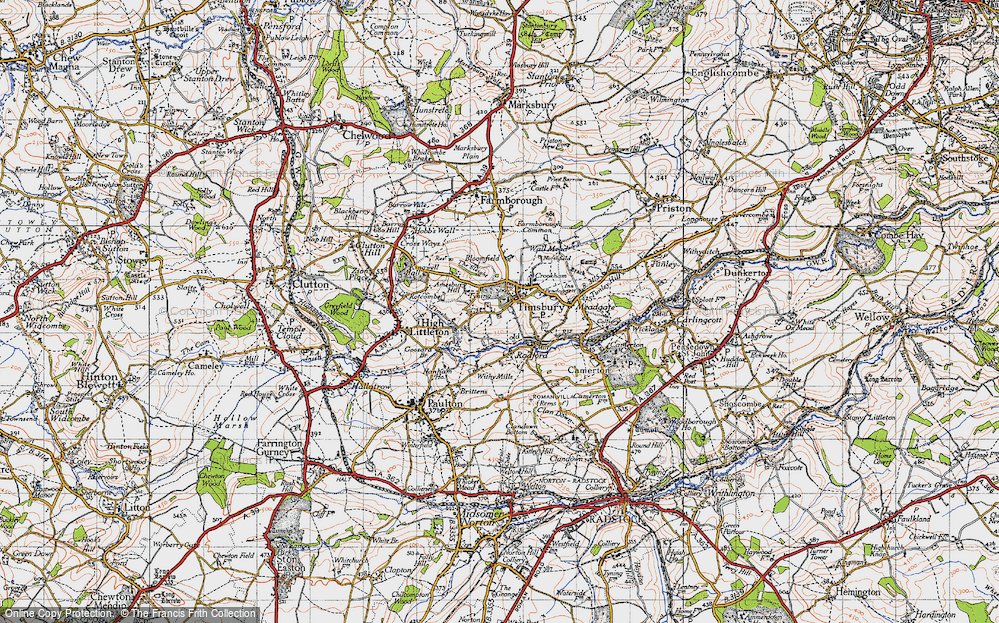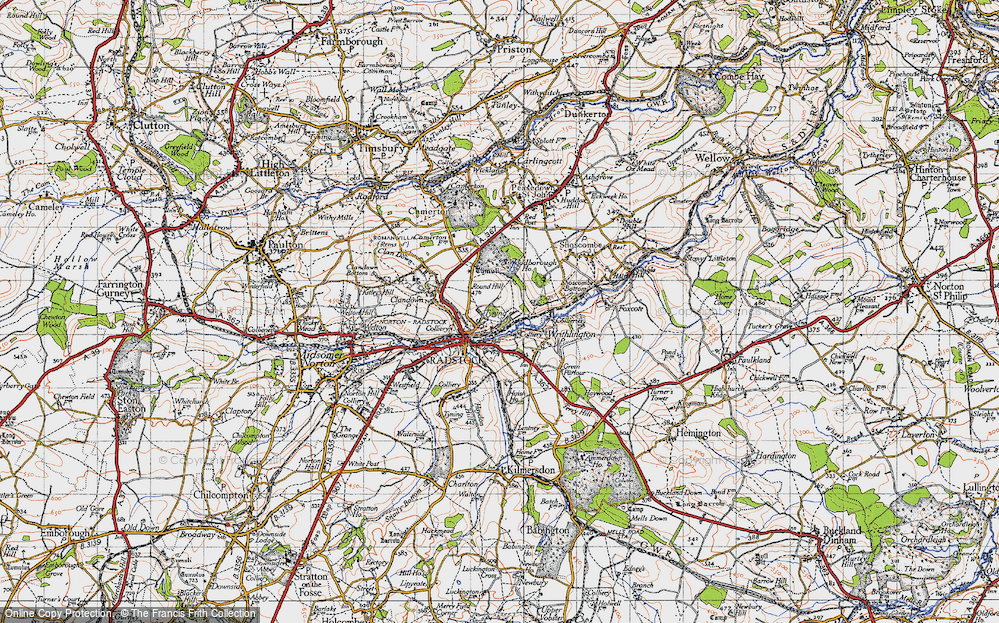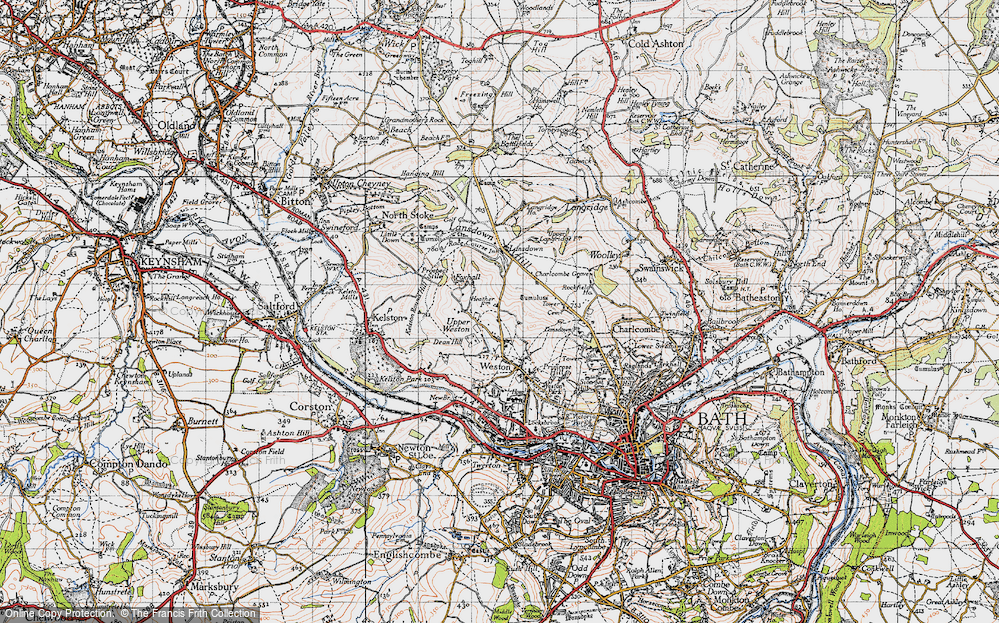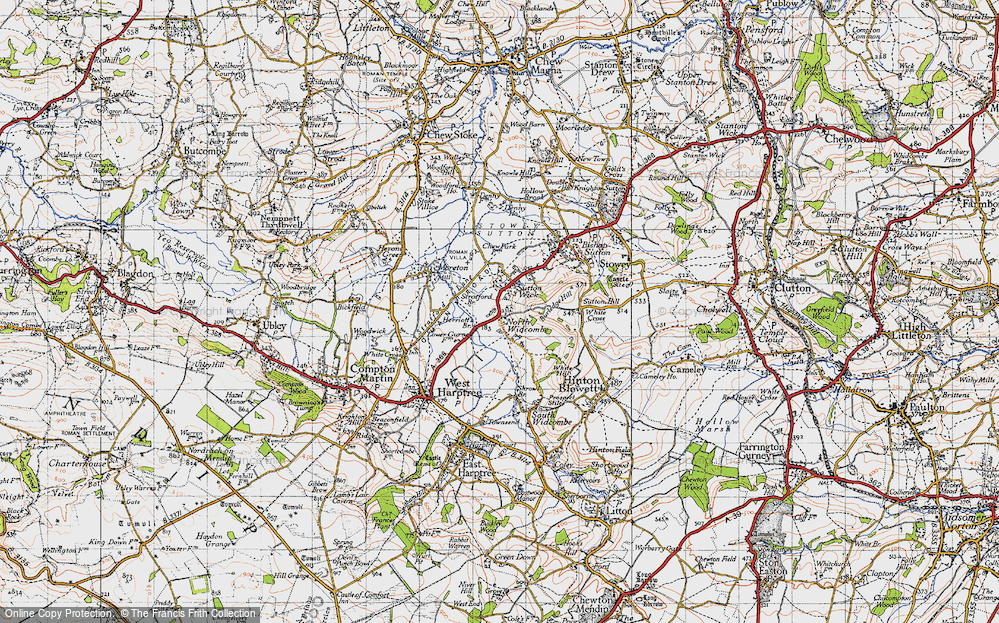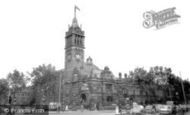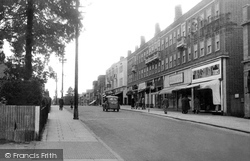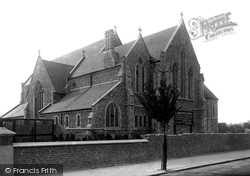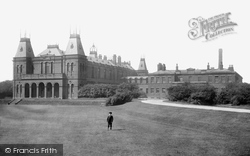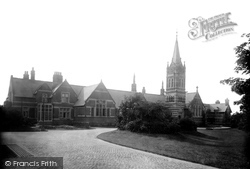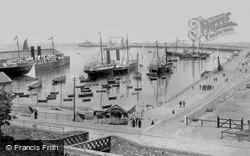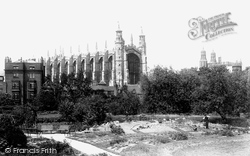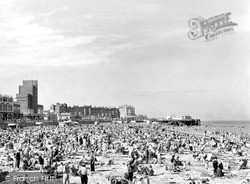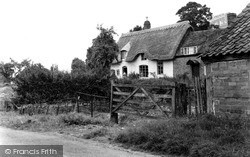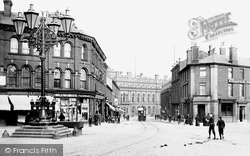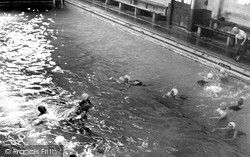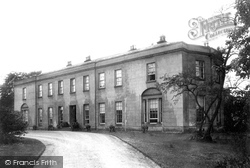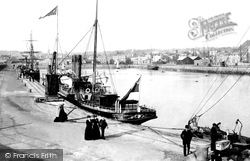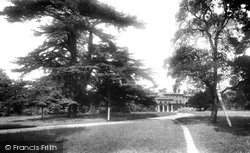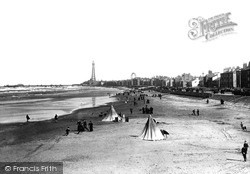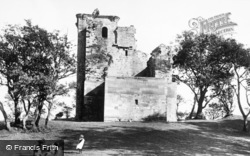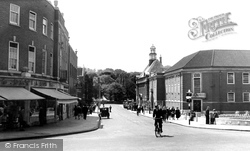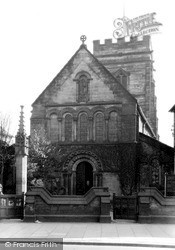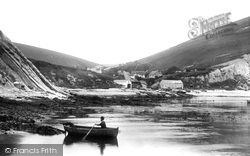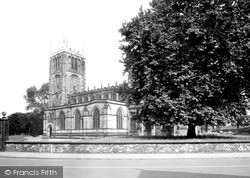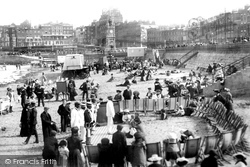Places
Sorry, no places were found that related to your search.
Photos
Sorry, no photos were found that related to your search.
Maps
1,353 maps found.
Books
3 books found. Showing results 1,033 to 3.
Memories
2,048 memories found. Showing results 431 to 440.
Back To Real Life
I was born at 138 Burgess Road in East Ham and remember a shop on the corner I used to frequent before school, Ottaways or something like like. I used to get 1 old pence to spend on sweets, either 8 black jacks or 8 fruit salads. I ...Read more
A memory of East Ham by
Wood End
I lived in Wood End Lane until rather late in life really. Moved out of the family home when I was 29 and moved to Ruislip. I went to Wood End Nursery, infants and Junior Boys school, then moved to Horsenden Secondary Boys School. Both ...Read more
A memory of Northolt by
Mitcham County Grammar School For Boys
Mitcham County Grammar School for Boys Remembered Memory is a selective thing, the best is easy, but the mind glosses over the worst. Some things recollected as certainties turn out to be not quite so. These are ...Read more
A memory of Mitcham by
Happy Holidays.
I have many happy memories of holidays spent at Dhoon from about 1934 to 1940, when I was under ten years old. My parents had visited the Isle of man for many years before I was born and had discovered Dhoon on those visits. We used to ...Read more
A memory of Dhoon by
When I Was Younge
I lived in Belsize road born there in 1946 at number 33 I had a great life growing up with all the kids in the street, The games you could play with one Tennis ball and the park and the park keeper we gave him hell poor man, we ...Read more
A memory of Harrow Weald
Milling Street
I was born at 50 Milling Street in 1955. I had my Auntie and Uncle living a few doors down. I was one of 6 kids so there were 8 of us crammed into our upstairs flat. The toilet was outside and downstairs in the backyard, while the ...Read more
A memory of Gateshead by
Escric Station
I was born on the 13 February 1957 at No2 Station cottage Escrick. No.2 was the middle cottage of 3. My father (Kenneth Hudson) was a fireman/driver on L.N.E.R. steam locos. For along time we had no electricity in the house, Lighting ...Read more
A memory of Escrick by
Upper Green West Early 1970's
My mum owned a delicatessen on Upper Green West in the early 70's. I used to 'borrow' the odd Luncheon Voucher, and treat myself to soggy chips at the Wimpy. We lived above the shop; And I remember a fire at Huttons ...Read more
A memory of Mitcham by
The Coastguards Cottages
I remember the coastguards cotteges at the bottom of Mariner's Road. They were on my way to school. When they were demolished, I was about seven years of age and my friends and i would play in the foundations which ...Read more
A memory of Blundellsands by
Growing Up In The Village.
I was born in Nelson Hospital in March 1960 and taken home to Burley Road, where I was for my first year, then the family moved to Lancaster Road, nextdoor to the painter: Olaf Barnett. My early memories were of open spaces ...Read more
A memory of Wimbledon by
Captions
1,059 captions found. Showing results 1,033 to 1,056.
Sir Henry Price and the Fifty Shilling Tailors A branch of the Fifty Shilling Tailors stands on the right of the parade of shops in this photograph.
Although the Gothic style flint and Bath stone cruciform church was completed in 1886, it was not consecrated until 1888 due to strong and often bitter opposition from the rector of Broadwater and
The Infirmary was opened in 1870, funded with the money left by Edmund Harris, and in 1884 a Children's Ward had been opened.
The Harris Orphanage opened in 1888 after £100,000 was set aside by the Trustees of the Harris Estate to build and equip such an establishment.
Kingstown was the Irish terminal of the City of Dublin Steam Packet Co, who successfully operated the mail service between Holyhead and Dublin for several decades.
The charter was signed on 11 October 1440, and he laid the foundation stone on Passion Sunday 1441. Thomas Bekynton celebrated his first mass as Bishop of Bath and Wells on 13 October 1443.
The sands are still crowded but postwar society has brought a marked change to our seaside resorts.
Gloucester has the gravitas befitting a city that has been an important crossing point on the Severn since time long gone, and has played a significant role in the drama of British history for
The shops behind the big lamp in the centre of the road are interesting. Next to the draper's shop on the left is Walmsley's Stationers and Bookshop.
Joseph Cranstone's iron works produced two fire engines, one for the Volunteer Fire Brigade and the other for the Phoenix Assurance Company.
Before the opening of the swimming baths, the townspeople had only the open-air pool in Moor Lane. That was certainly well used, sometimes by as many as 1,000 people.
the Knutsford to Macclesfield road.
They were to be the first triple-expansion twin-screw packets to operate scheduled services in the English Channel.
The people of Weybridge held a meeting in June 1895 to decide on a suitable memorial for Mr Yool, and the first suggestion was to build a technical institute to be named after him.
By the time the railway arrived in Blackpool in 1846, the town was already a resort attracting several thousand visitors a year. Baileys Hotel, later the Metropole, had opened in 1776.
THE MAIN EAST-WEST thoroughfare in Bearsden, one of Glasgow's northern suburbs, is named Roman Road, for it follows the line of a roadway constructed by the Romans in AD 142 along the south side
Other notable changes in town before the Second World War were the straightening of Marlow Hill in 1936, which involved demolishing buildings on the left side of the road south of St Mary's Street
The church contains numerous items of interest; the stained glass windows are particularly fine.
The church contains numerous items of interest; the stained glass windows are particularly fine.
AT LAST he [Troy] reached the summit, and a wide and novel prospect burst upon him with an effect almost like that of the Paci?c on Balboa's gaze.
In the 19th century the church was heavily 'restored and improved in a hearty manner' by Sir George Gilbert Scott, a nationally famous architect, but the building still retains its medieval appearance
Today, it is hard to understand why people would choose to work such long hours in often terrible conditions, but with the national population growing, unskilled factory work seemed to offer the
I wonder what he would have made of the appearance of the submarines captured from the Germans that were towed up Fareham Lake to be broken up during both wars.
By the mid-19th century visitors demanded more in the way of leisure activities and amusement.
Places (0)
Photos (0)
Memories (2048)
Books (3)
Maps (1353)


